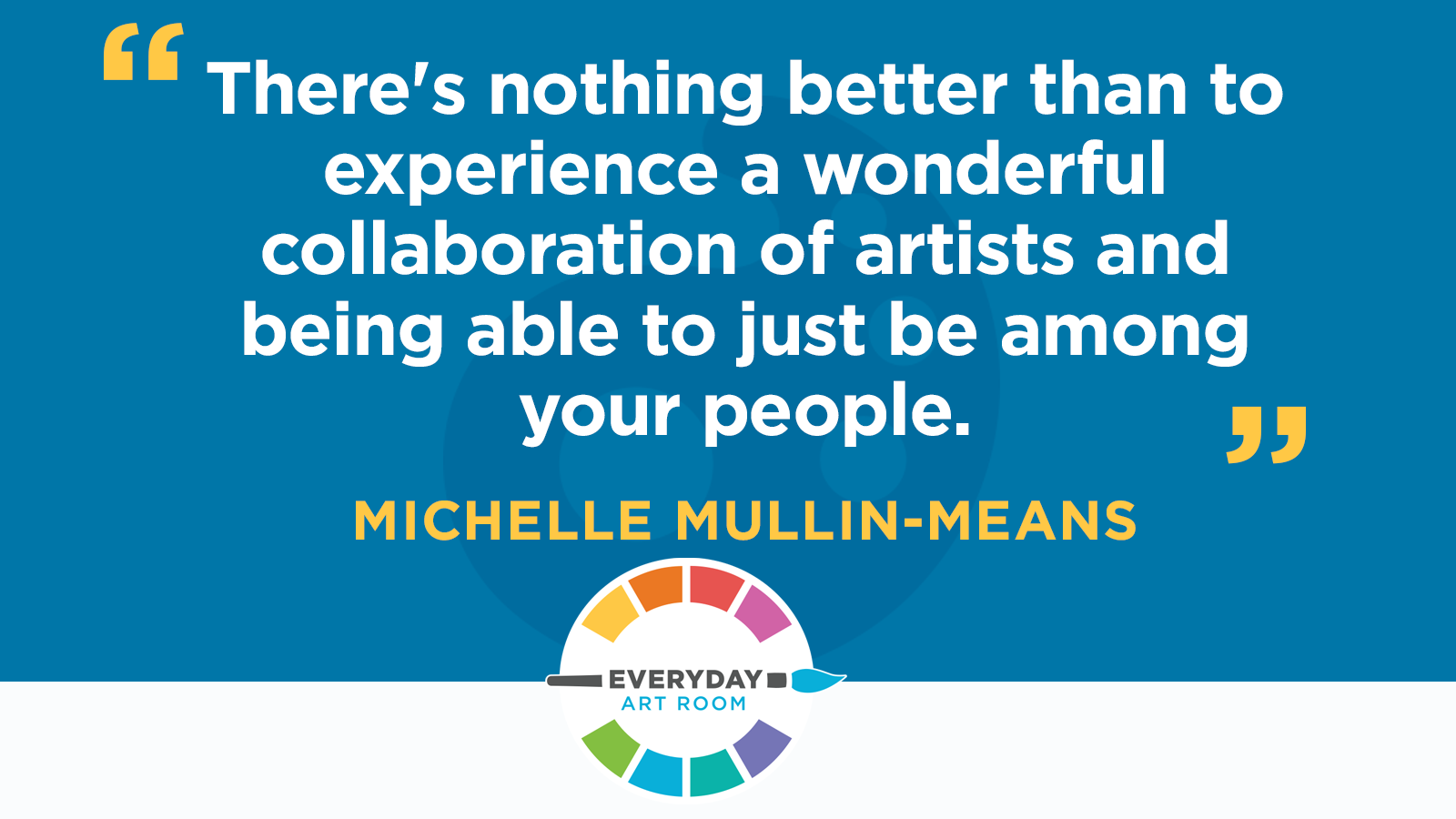Related
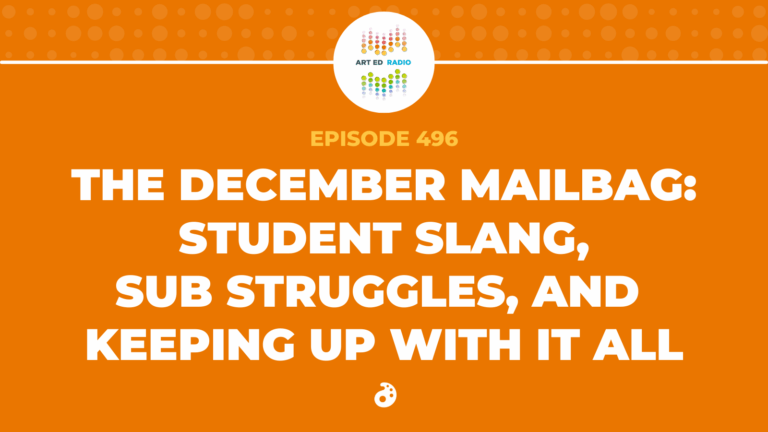
Podcast
The December Mailbag: Student Slang, Struggles with Subs, and Keeping Up with it All (Ep. 496)
It’s time for the December mailbag! This month is a lot when you’re an art teacher, and Tim and Amanda...
Learn More
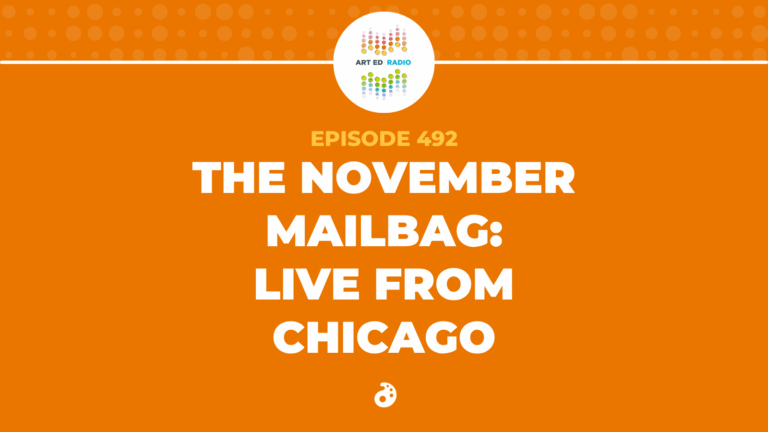
Podcast
The November Mailbag: Live from Chicago
Recorded live at the Illinois Art Education Association Conference, Tim Bogatz and Amanda Heyn dive into the November Mailbag to...
Learn More
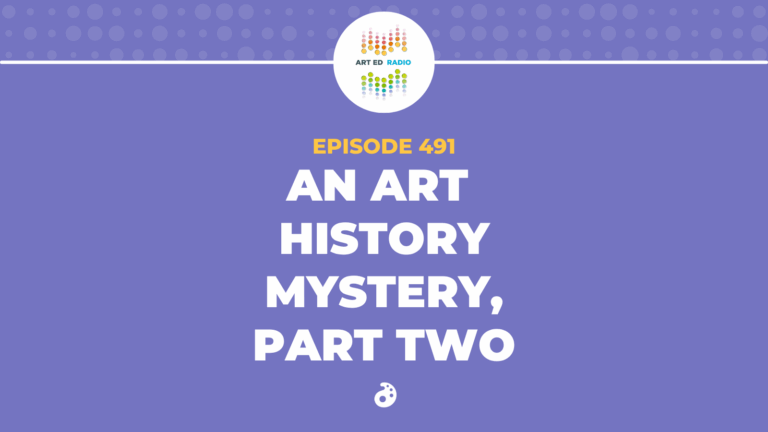
Podcast
An Art History Mystery, Part Two (Ep. 491)
In part two of this special fiction-meets-art-history podcast, you’ll step into the MoMA after hours, where a professional development retreat...
Learn More
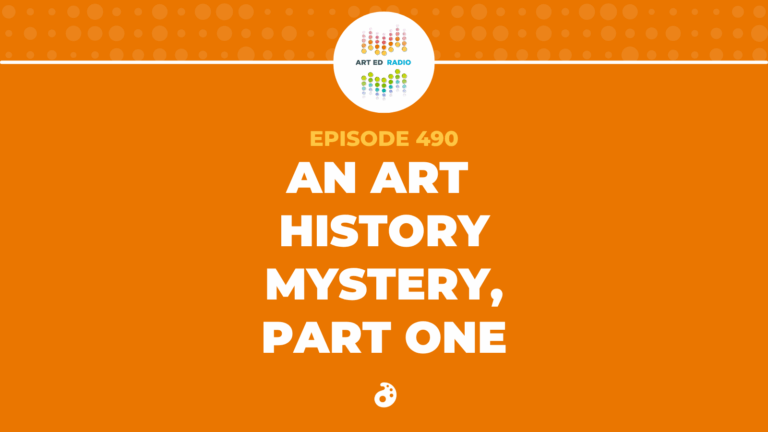
Podcast
An Art History Mystery, Part One (Ep. 490)
A locked museum. Five eccentric art teachers. One missing Salvador Dalí masterpiece. In this special fiction-meets-art-history podcast, you’ll step into...
Learn More

